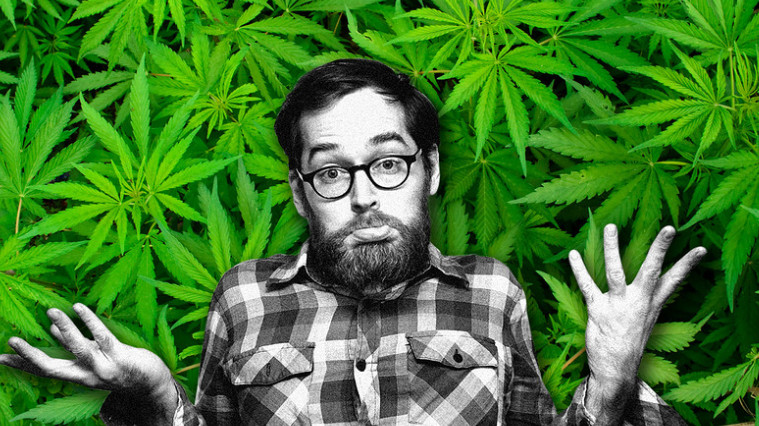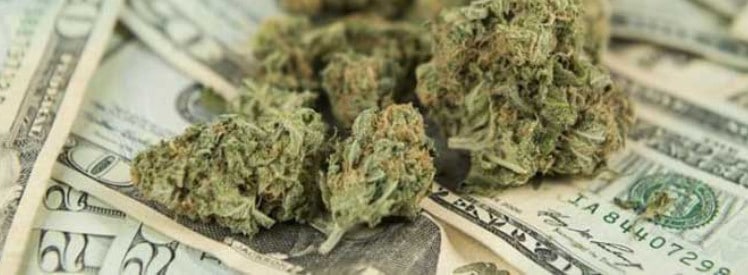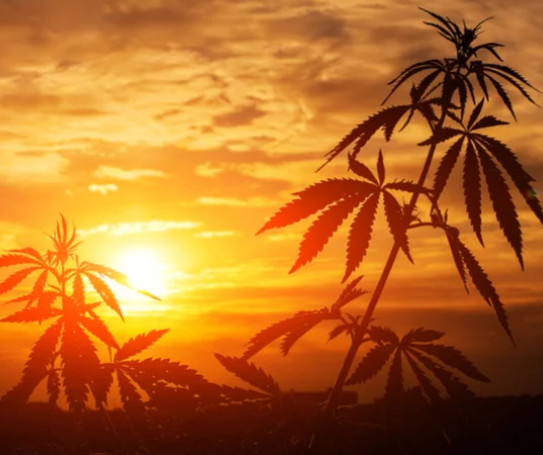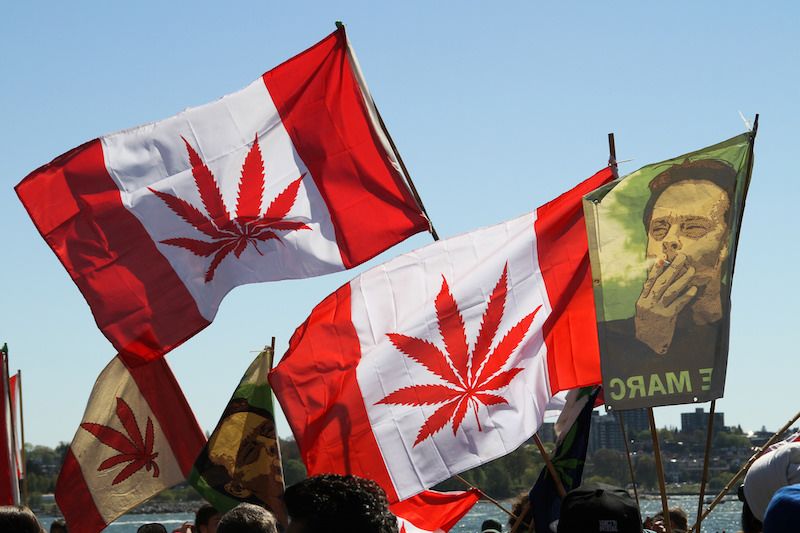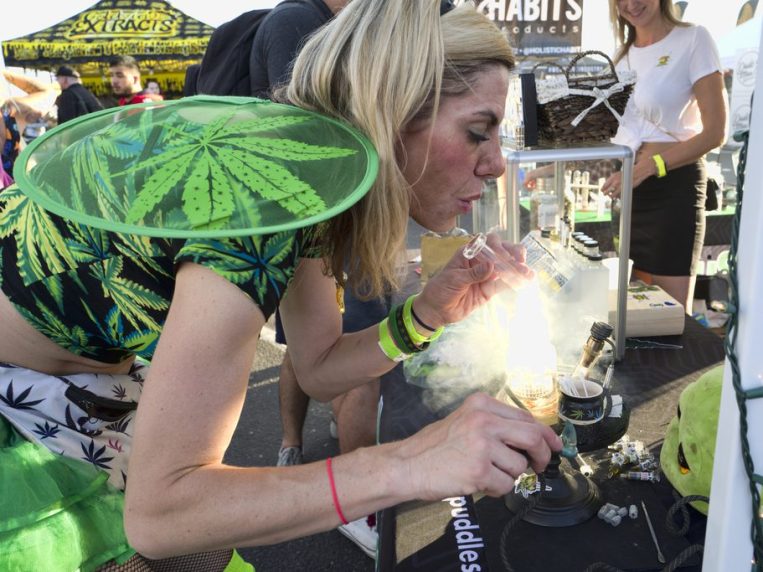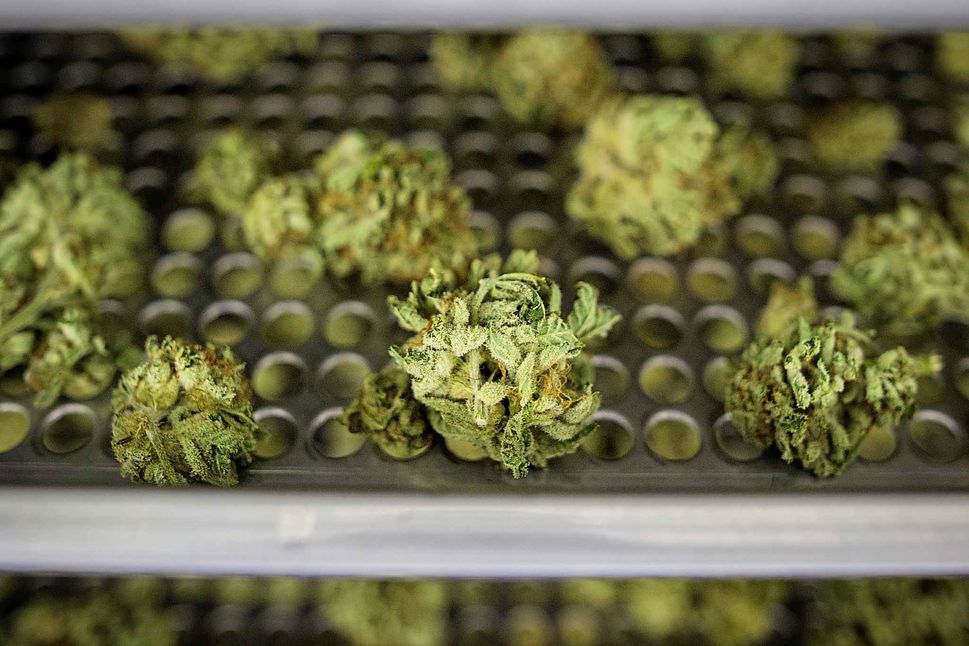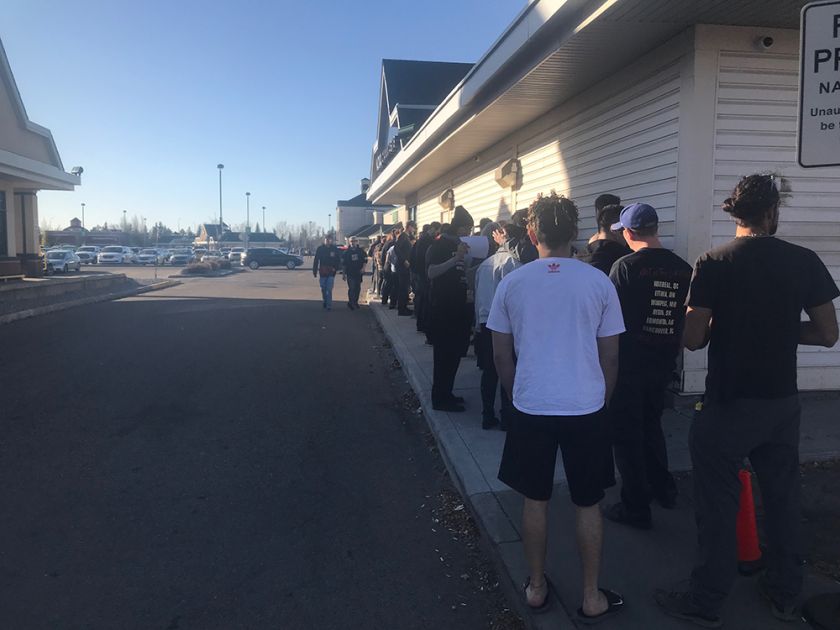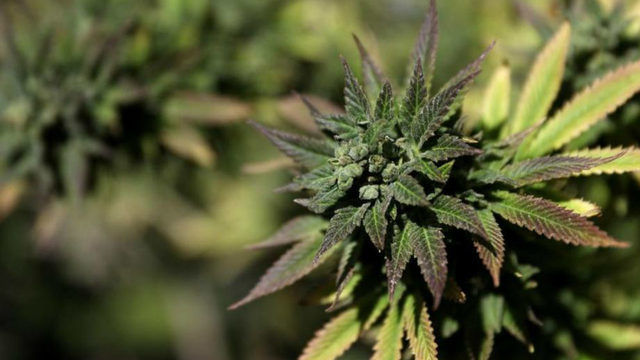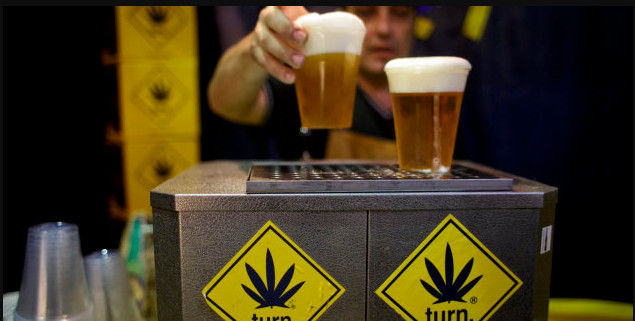After more than a month of legal recreational marijuana sales in Canada, provinces say stores are still having trouble procuring enough pot from producers that have built large valuations on promises of selling tons of the drug.
Don’t expect the issues to be resolved for months, either.
MarketWatch talked to officials and retailers in eight of Canada’s 10 provinces, and all said they are receiving only small portions of the product they have ordered. One of the provinces, British Columbia, said supply issues aren’t expected to be resolved for six to 18 months, based on discussions with licensed pot producers. The other provinces did not give many reasons for investors to be optimistic, largely saying the shortages would hamper operations for weeks and likely much longer amid what one private retailer called “a national shortage” of cannabis.
The dearth of pot sales suggest that scaling legal cannabis sales across the country has been a complex endeavor that no enterprise has quite figured out. After five of the country’s largest weed companies reported earnings in the span of a few days earlier this month — Aurora Cannabis Inc. ACB, -3.17% ,ACB, -2.93% Canopy Growth Corp. WEED, +1.03% , CGC, +0.48% CannTrust Holdings Inc. TRST, +1.93% CNTTF, +2.85% Cronos Group Inc. CRON, -0.48%CRON, -0.73% and Tilray Inc. TLRY, -0.12% — investors learned that in the last two weeks of September they had shipped less than 1% of the expected C$1 billion ($755.5 million) in recreational sales anticipated by Statistics Canada for 2018.
Continued struggles to supply the largely government-run wholesale buying operations could have an effect on the launch quarter, when those C$1 billion in sales were expected to take place and show why the large pot producers had become such a fascination for investors. Instead of celebrating sales, however, producers and retailers have begun pointing fingers at each other in blame for the slow rollout.
The pot companies found fault with the government-run wholesale buyers as they reported earnings earlier this month. On its November earnings conference call, Canopy Chief Executive Bruce Linton said the company’s lackluster sales in September were due to the fact that provinces bought only enough cannabis to test their supply infrastructure and did not ramp up sales as expected. At a weed conference in Las Vegas this month, Aurora CEO Terry Booth reportedly said Ontario and British Columbia failed in rolling out their retail operations, and the only provinces that did well were Alberta and “perhaps” Saskatchewan. Booth also claimed that Aurora had met all of its supply agreements with every province with which it is doing business — in its earnings the company said it supplied 30% of Ontario’s pot.
Provinces and retailers, though, say that they are not receiving the requested amount of cannabis from producers, who have also admitted issues in scaling their operations. MarketWatch checked in late last week with each province to see how much pot they had actually received. Here’s what they reported.
Alberta said Wednesday that it had received 20% of the pot it ordered following Oct. 17 and as a result will not issue any more licenses for private retail locations. Spokeswoman Kaleigh Miller for the Alberta Gaming and Cannabis Commission told MarketWatch in an email that it will begin licensing new retailers when the province has a substantial amount of inventory and confidence that the licensed producers have achieved a steady rate of production.
“We do not want to get a situation like we started with where we have a fairly good supply and then production comes to a standstill,” Miller wrote. “Our No. 1 concern is the retailers and doing all we can to avoid further issues.”
Ontario, the country’s most populous province, has previously disclosed the number of orders it has received but not sales figures. As a crown corporation, it will likely report quarterly and annual revenue in 2019. When asked by MarketWatch, the Ontario Cannabis Store said it would not provide a more recent update or more information about the nature of sales or supply shortages.
Quebec did not respond to several requests for comment. At the end of October, the provincial authority running the pot business said that its bricks-and-mortar stores would close indefinitely for three days a week because the province could not get its hands on enough marijuana.
British Columbia provided some insight into pot sales thus far. A spokesman told MarketWatch via email that five of the largest licensed pot producers the province has deals with were unable to deliver the volume they committed to in original agreements. Of the 31 agreements the province has inked with cannabis producers, the five largest by market capitalization are: Tilray, Canopy, Aurora, Aphria, and Cronos
The government has not yet received its full product supply. BC declined to disclose revenue and said it would not report its overall sales, though the financial performance will be grouped together with the province’s liquor sales in its annual report. In BC, only one retail location opened on the first day of recreational pot sales.
Saskatchewan pot retailers purchase products directly from cannabis companies and spokesman David Morris said provincial authorities do not make purchasing decisions. Reached by telephone late Friday, David Thomas — a co-founder of the Jimmy’s Cannabis retail chain — told MarketWatch that his business is having daily conversations with the licensed producers and has a clear understanding of how much product it’s going to receive from each.
“We’re certainly working on some contracts that will hopefully solve the supply issue in several weeks,” Thomas said. “At the end of the day, it’s just a national shortage. If we had the choice, we’d be ordering a lot more.
New Brunswick declined to discuss how much pot it has received versus how much it ordered, saying only that it had not received its “full portfolio” of products, blaming “logistical and other issues” that the weed companies faced for supply issues. The province sold C$872,758 worth of pot in bricks-and-mortar stores and C$71,083 online and says it will disclose sales figures in 2019.
Prince Edward Island said it ordered 600 kilograms of pot for its first purchase, but declined to say how much weed it actually received. Spokesman Colin MacDonald said PEI would disclose its quarterly numbers in January or February and its fiscal year in May or June. The province sold C$591,264.75 worth of pot the first week.
Nova Scotia has previously said it received about 40% of its orders heading into recreational legalization but now is receiving shipments “pretty much every day,” according to spokeswoman Beverly Ware. She said the government-run organization is still in “catch-up mode,” which she says will last for “quite some time” in the future. The province has sought more supply and went to the market to attempt to locate more weed and, as a result, brought on board two more licensed producers.
“We’re hearing it will be weeks if not months [until the supply issues smooth out],” Ware said. “That’s coming from the licensed producers.”
Manitoba said that as of Nov. 22, the province had shipped 663 kilograms of pot to private retailers, which is roughly 38% of the “monthly expected allotment based on supply agreements.” Provincial spokeswoman Andrea Kowal noted that the 38% is not representative of all suppliers and is an average. Kowal also said that the government body that handles wholesaling will report financial data — including cannabis sales — for the nine months ending Dec. 31 in 2019.
Newfoundland did not respond to several requests for comment. The small Atlantic province sold the first gram of legal pot in the country.
Credit: marketwatch.com

